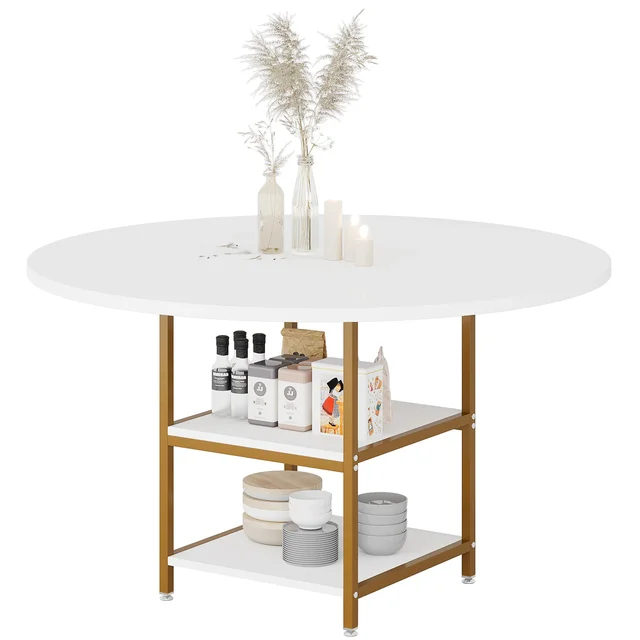Introduction
Sugar ants, also known as odorous house ants, can quickly become a nuisance in your kitchen. These tiny pests are attracted to sweet and sugary substances, making your kitchen an ideal habitat. In this article, we’ll cover a comprehensive approach to how to get rid of sugar ants in kitchen. From understanding their behavior to employing practical solutions, this guide will help you regain control of your space.

Understanding Sugar Ants
Behavior and Habits
Sugar ants are small, usually black or brown, and can be found scurrying around your kitchen in search of food. They are attracted to sweet substances, so any spills or crumbs from sugary foods can be a magnet for them. Unlike some other pests, sugar ants do not cause significant structural damage, but they are a major inconvenience and can be a health concern due to their tendency to invade food sources.
These ants are social insects that live in colonies. Their primary objective is to find food and bring it back to their nest. They use pheromone trails to communicate with other ants and lead them to food sources. This means that if you spot a few ants, there are likely many more hidden nearby. Addressing the problem quickly and thoroughly is essential to prevent a full-blown infestation.
Identifying Infestations
Spotting sugar ants usually involves seeing them in areas where food is stored or prepared. They are most active in the kitchen because of the abundance of food sources. Look for trails of ants leading to and from food sources. These trails are often thin and might lead to cracks or crevices where the ants are entering your home. Finding their nest is crucial in targeting the root of the problem.
Steps to Eliminate Sugar Ants
Clean Your Kitchen Thoroughly
The first step in dealing with a sugar ant infestation is to clean your kitchen thoroughly. Ants are attracted to food residue, so removing potential food sources is key to controlling their presence. Start by wiping down all surfaces, including countertops, tables, and appliances. Pay special attention to areas where spills or crumbs might accumulate, such as under the refrigerator and stove.
Dispose of any food waste and ensure that trash cans are clean and well-sealed. Ants are attracted to food waste, so removing this will help deter them. Make sure to clean up spills immediately and avoid leaving food out overnight. By maintaining a clean kitchen, you reduce the attractiveness of your home to sugar ants and make it less likely they will return.
Seal Entry Points
Ants can enter your home through the tiniest of cracks and gaps. Inspect your kitchen and the surrounding areas for potential entry points. Check for cracks in walls, gaps around windows and doors, and openings where pipes or wires enter the house. Sealing these entry points can help prevent ants from getting inside.
Use caulk or sealant to close any gaps or cracks you find. Pay attention to areas around sinks and countertops, as these are common entry points for ants. If you notice any gaps around window screens or doors, repair or replace them as needed. By sealing these entry points, you can create a barrier that prevents ants from entering your kitchen.
Use Ant Baits and Traps
Ant baits are an effective way to deal with sugar ants. These baits contain a mixture of food and poison that ants carry back to their colony. The poison eventually kills the ants and helps to eradicate the colony. Place ant baits near the areas where you have seen ants, and be patient, as it may take some time for the baits to be effective.

In addition to baits, ant traps can help capture ants and prevent them from reaching your food. Place traps in strategic locations, such as near entry points and along ant trails. These traps can help reduce the number of ants in your kitchen and make it easier to identify and address any remaining infestations.
Natural Remedies and Home Solutions
For those who prefer natural solutions, there are several effective remedies you can try. One common method is using a mixture of vinegar and water. Vinegar disrupts the ants’ pheromone trails and helps deter them from returning. Simply mix equal parts vinegar and water in a spray bottle and apply it to areas where ants are active.
Another natural remedy is using lemon juice. Like vinegar, lemon juice interferes with ant trails and can help keep them at bay. Squeeze fresh lemon juice around entry points and in areas where ants are commonly seen. Additionally, you can use essential oils such as peppermint or tea tree oil. These oils have strong scents that ants find unpleasant. Mix a few drops with water and spray it in areas where ants are active.
Professional Pest Control
If the infestation persists despite your efforts, it might be time to call in a professional pest control service. Professionals have access to more powerful treatments and can identify and address infestations more effectively. They can also provide advice on long-term prevention strategies to keep your kitchen ant-free.
When selecting a pest control service, look for companies with good reviews and a reputation for effective treatments. They will assess the extent of the infestation, treat the problem, and offer guidance on preventing future issues. While this option may be more costly, it can be worthwhile for severe infestations or if home remedies have proven ineffective.
Preventing Future Infestations
Maintain Cleanliness
Once you’ve addressed the current infestation, maintaining cleanliness is essential to preventing future problems. Regularly clean your kitchen and other areas where food is stored. This includes wiping down surfaces, vacuuming crumbs, and promptly cleaning up spills. Keeping your kitchen tidy will make it less appealing to ants and other pests.

Store Food Properly
Proper food storage is crucial in preventing sugar ant infestations. Store all food items in airtight containers to keep them secure from ants. This applies to both dry goods, like sugar and flour, and perishable items. Avoid leaving food out on counters or tables, and always seal containers tightly after use.
Regular Inspections
Conduct regular inspections of your kitchen and home for potential signs of ant activity. Check for new entry points and seal any gaps or cracks you find. Monitor for any signs of ant trails and address them promptly. By staying vigilant, you can catch potential issues early and prevent future infestations.
Landscaping Considerations
Sometimes, ants can enter your home from the outside. To minimize this risk, keep your landscaping well-maintained. Trim back any plants or shrubs that are close to your home, as these can provide a bridge for ants to enter. Ensure that there are no overhanging branches or debris around your home that could facilitate an ant invasion.
Conclusion
Getting rid of sugar ants in your kitchen requires a multifaceted approach. By understanding their behavior, maintaining cleanliness, sealing entry points, using baits and traps, and considering natural remedies, you can effectively manage and eliminate these pests. If necessary, professional pest control services can provide additional support. Regular maintenance and preventative measures are key to keeping your kitchen ant-free in the long term. With diligence and the right strategies, you can enjoy a clean and pest-free kitchen once again.



